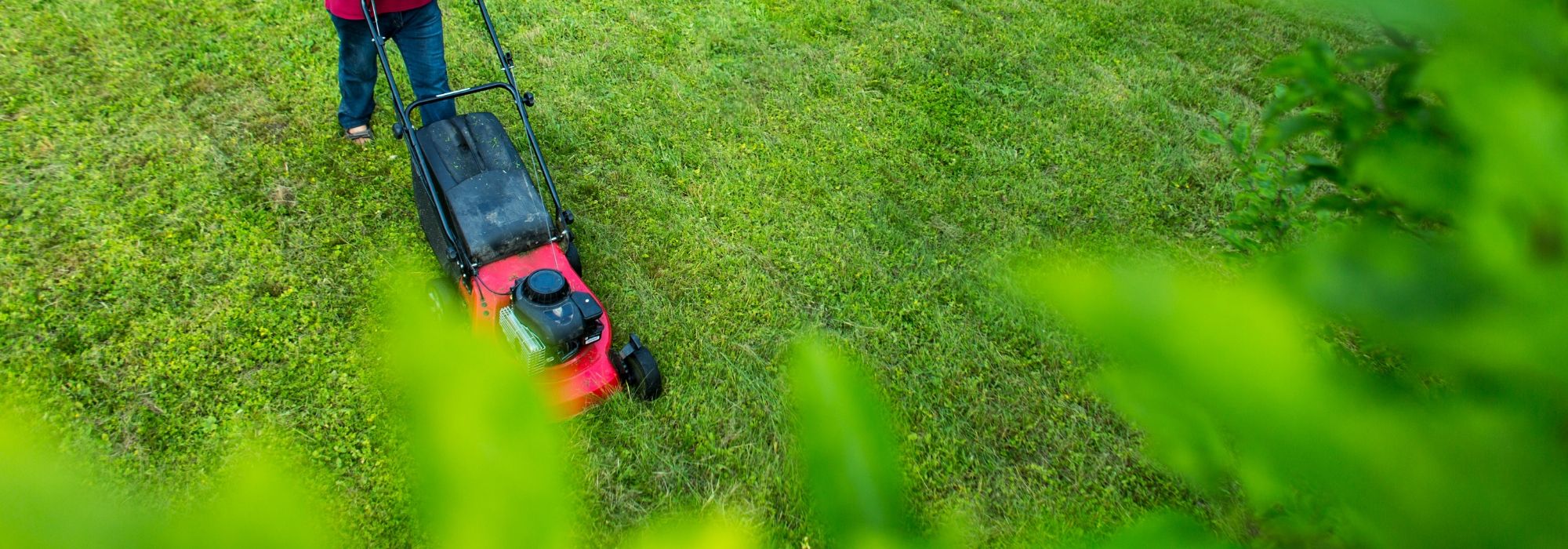
Lawn replacement: ideas and solutions
Put an end to mowing chores and ugly short grass meadow!
Summary
Considered essential by some, the lawn or short grass meadow exasperates many gardeners. Maintenance too tedious, time-consuming mowing, disappointing appearance, low ecological and ornamental value… There are many (good) reasons to ditch the lawn.
But what can you replace the herb with? In small spaces, to create a short grass meadow, simply substitute the herb with alternative plants (we explain everything in this article: “Alternatives to grass: 10 ground covers to replace short grass meadow”.) Elsewhere, it is perfectly possible to reduce the area occupied by the lawn or even simply replace it. Here are some ideas and suggestions!
Replace short grass meadow with large beds of grasses and perennials
Naturalistic gardening is very fashionable; take inspiration from gardens by Piet Oudolf or Jardin Plume and install, in place of short grass meadow, very wide beds combining ornamental grasses and perennial plants. With a very natural look, these large beds also have the advantage of requiring little maintenance and adding plenty of style to garden.
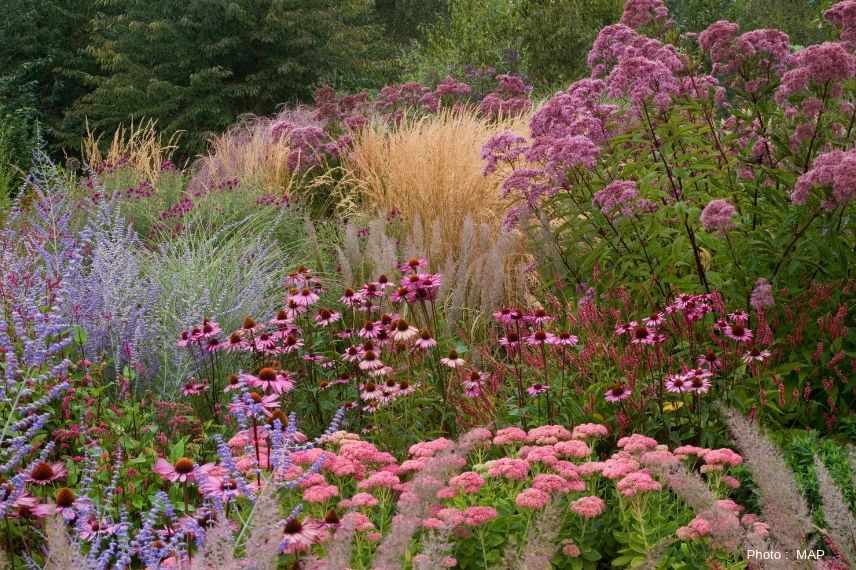
What type of garden, which locations?
This option, ideal in small and medium-sized gardens, also reduces grassed area in large gardens. Perennial plant beds thrive equally well in shade and sun; simply choose appropriate plants. A great way to bring colour and life back to garden! Implementation is simple: after removing lawn, soil is loosened and planting can begin.
Which plants?
Ornamental grasses such as miscanthus, pennisetum, carex, perennial plants robust like asters and sedums, complemented by spring-flowering bulbs, for beds attractive from the first fine days.
What maintenance?
If you plant in perfectly weeded soil and take care to mulch generously, maintenance is almost nil. It simply consists of trimming bed edges once or twice a year and cutting back perennial plants and grasses in spring.
- To discover, Oliver’s article: “10 emblematic perennial plants for naturalistic gardens” and our inspirations “Naturalistic garden”, “Sunny naturalistic garden”, “Naturalistic meadow”
You may also read
Alternatives to grass: 10 ground covers to replace short grass meadowReplace herb with groundcover plants
Groundcover plants can do it all: occupy ground to limit appearance of adventive weeds, edge a bed, but also replace herb wherever it is not essential and, above all, not liable to be trodden on. When planted densely, they can cover large areas and form beautiful plant patchworks.
What type of garden, which locations?
Groundcover plants (bushes and perennials) are ideal to cover and flower hard-to-reach spots such as slopes, neglected areas, but also base of trees, hedges…
Which plants?
Among the most renowned are the hardy geraniums, the heucheras, the creeping bugles, the periwinkle, pachysandra… There are groundcover plants for every situation and every type of soil; main condition for success is, as always, to choose right plant for right place!
What maintenance?
Little or none: often just cut back foliage once a year and divide when necessary.
- To read on the subject: “Hardy geraniums, the best groundcovers”, “5 groundcover perennials with long flowering to have” and “5 groundcover bushes to landscape a slope”
Discover other Lawn
View All →Available in 1 sizes
Available in 3 sizes
Available in 1 sizes
Available in 2 sizes
Available in 1 sizes
Available in 2 sizes
Available in 1 sizes
Available in 3 sizes
Available in 1 sizes
Available in 1 sizes
Replace the short grass meadow with a natural meadow… or a punk garden!
Fed up with mowing? Then let the herb grow… and poppies! This solution may seem odd… yet it works and is eco-friendly. It is increasingly applied by councils practising differentiated management of green spaces.
In practice, it means no longer mowing part of garden and simply creating paths. Rest of meadow is mown twice a year, in spring then late summer.
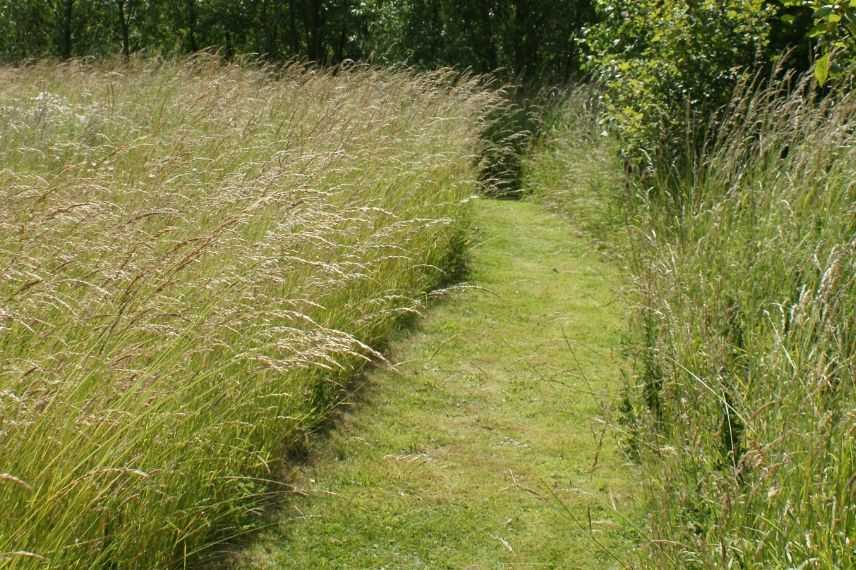
What type of garden, which places?
Of course, you can let the herb grow everywhere, but results are generally more satisfying (and acceptable to neighbours) in large gardens. Ideal solution when garden is a bit too big!
Which plants?
Grasses and wild flowers that your soil will provide, naturally, but not only. Indeed (and although we always recommend preparing soil well before planting), many bushes and perennial plants have robust enough temperaments to grow in heart of a meadow. You can also sow a flowering meadow but that requires good preparation of soil for a display that is generally not long-lasting.
What maintenance?
It would not be honest to present this solution as maintenance-free because it generally requires one to two mowings per year or manual removal of woody plants that inevitably establish. This solution also requires having a mower robust enough to tackle tall herbs. Nevertheless, it is always possible to hire a mower or invite goats and sheep to a little feast!
Further reading on the subject: “Little treatise on the punk garden: learning to unlearn – Éric Lenoir” and “Mower breakdown, on the merits of letting the herb grow”
You may also read
Lawn replacement: ideas and solutionsReplace lawn with gravel
Gravel can also be a solution. It is particularly attractive in Asian-style or Mediterranean-style gardens. It is also very practical for small areas or parking spaces. However, you should know that:
- it takes relatively long to install (you need to excavate the soil then lay a geotextile membrane and alveolate plates for driveable surfaces),
- it is not without maintenance (despite all precautions, wild plants will establish themselves).
On the other hand, in the garden it is an excellent option if soil conditions (dry and poor) and climate (warm) are suitable. In these conditions, you can create a natural and elegant layout worthy of Beth Chatto’s gravel garden, where suitably adapted plants will easily thrive.
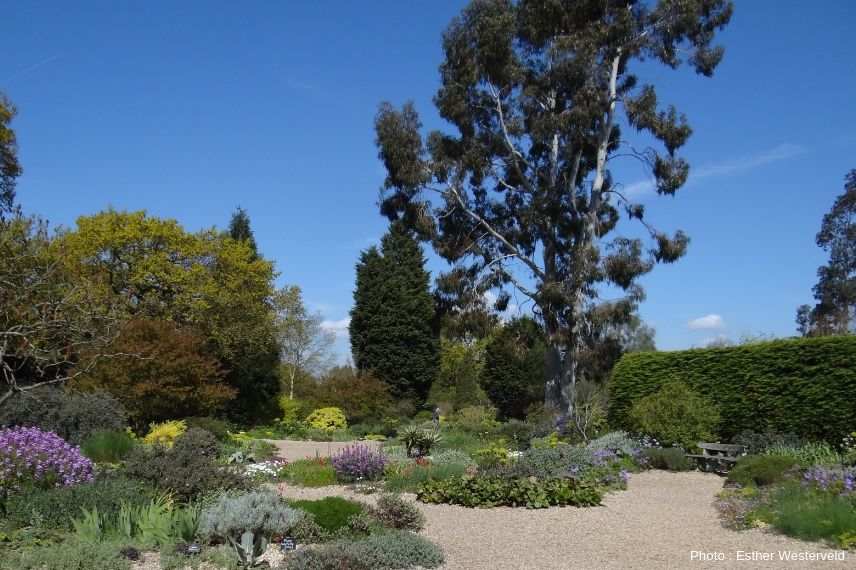
Beth Chatto’s gravel garden
Which gardens and where?
For home gardeners looking to save time, gravel can be interesting on small areas: a courtyard or small zen garden, a path, around the house.
Which plants?
If you want to create a true garden on gravel, you should choose plants tolerant of drought such as euphorbias, Stipa, sedums, Argentinian verbena.
What maintenance?
If you lay gravel according to best practice, maintenance is limited and consists of weeding regularly to remove spontaneous sowings. If it is a genuine garden on gravel, maintenance becomes truly rewarding as it then involves selecting among spontaneous sowings.
- Further reading on the subject: “Controlled chance in the garden, a question of style”
Replace short grass meadow with wooden decking or wood chips or wood shavings.
In small gardens, presence of a short grass meadow is far from essential. It can be replaced by plants as alternatives to lawn and, wholly or partly, by a large wooden deck or a paved terrace, preferably surrounded by plants.
Another option to remove herb is to spread a thick layer of wood chips. It’s a good choice for many situations:
- to create paths in vegetable patch or walkways,
- to replace lawn in children’s play areas (they will spare you from having to use a strimmer around slide etc. and will cushion any falls).
Only drawback is that chips break down over months: annual top-up will therefore be needed. Also note: it’s important to choose fairly coarse chips, they will decompose more slowly and cats will be less likely to confuse them with their litter layer!
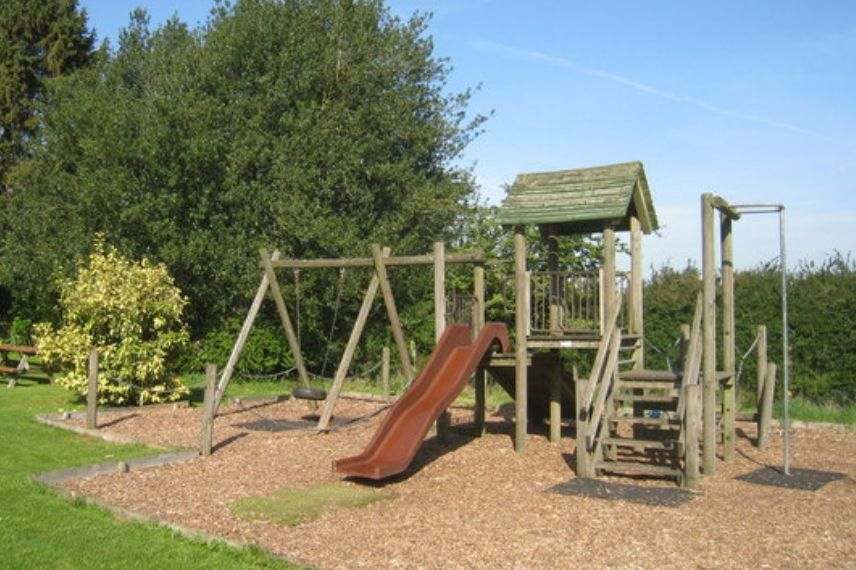
Which types of garden, which locations?
For small gardens and small areas such as children’s play areas, area dedicated to dining or relaxing.
What maintenance?
None or almost none for wooden decks or paved terraces, annual addition of wood chips for mulched areas.
- Subscribe!
- Contents
































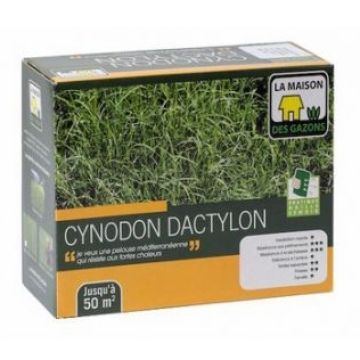
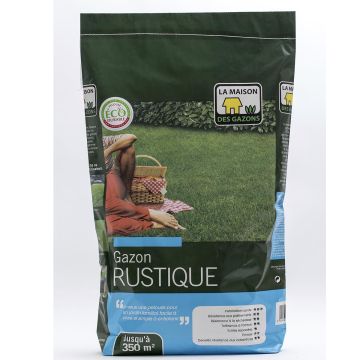
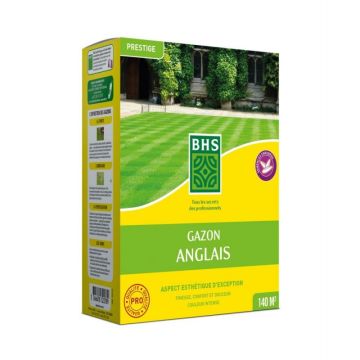
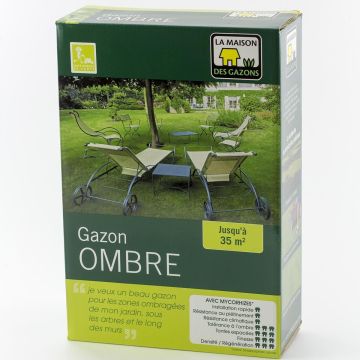
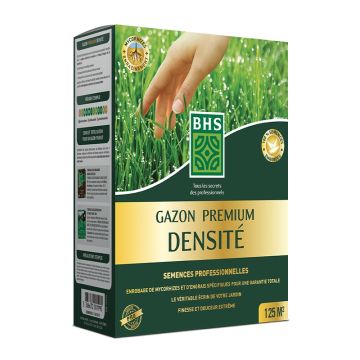
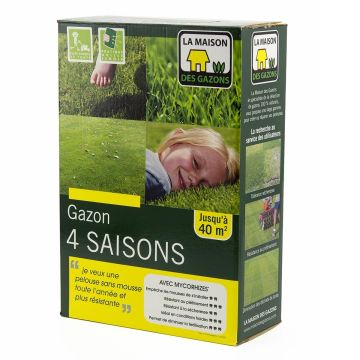
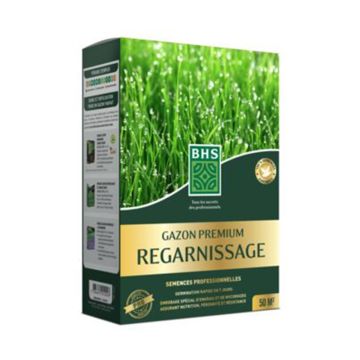
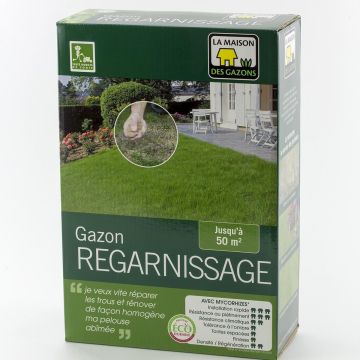
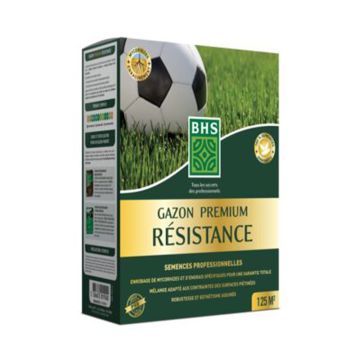
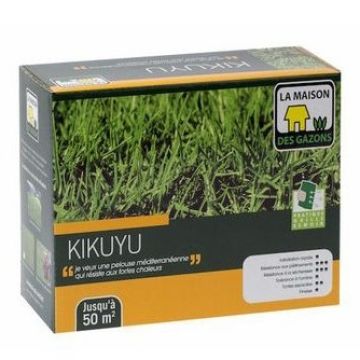
Feedbacks